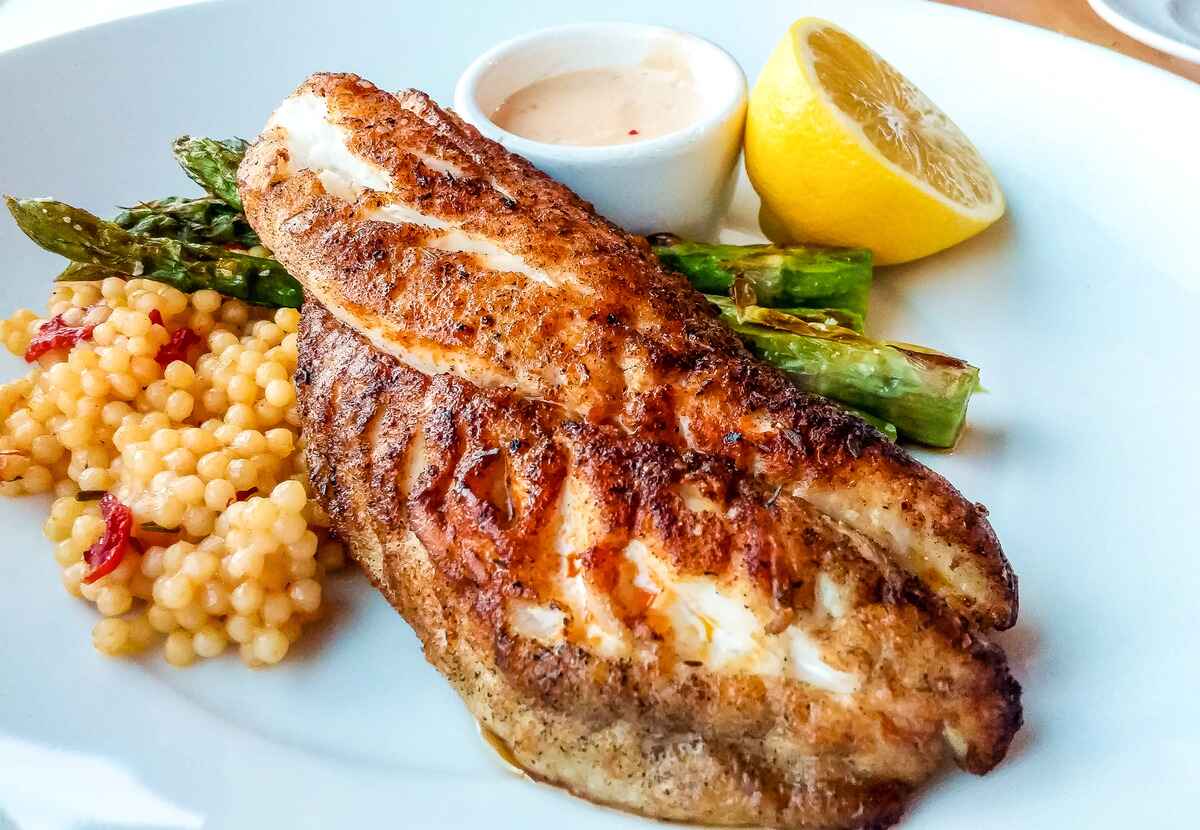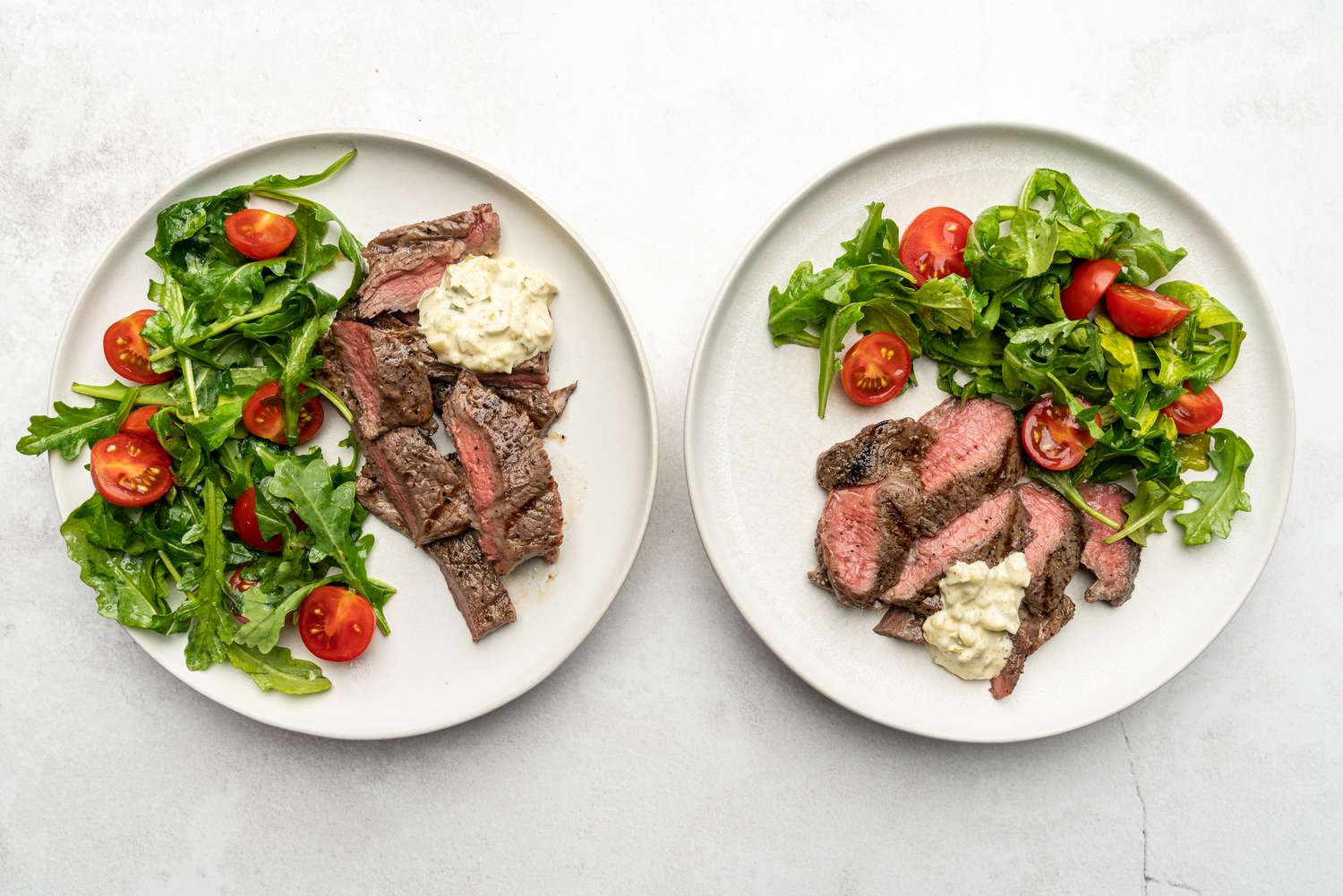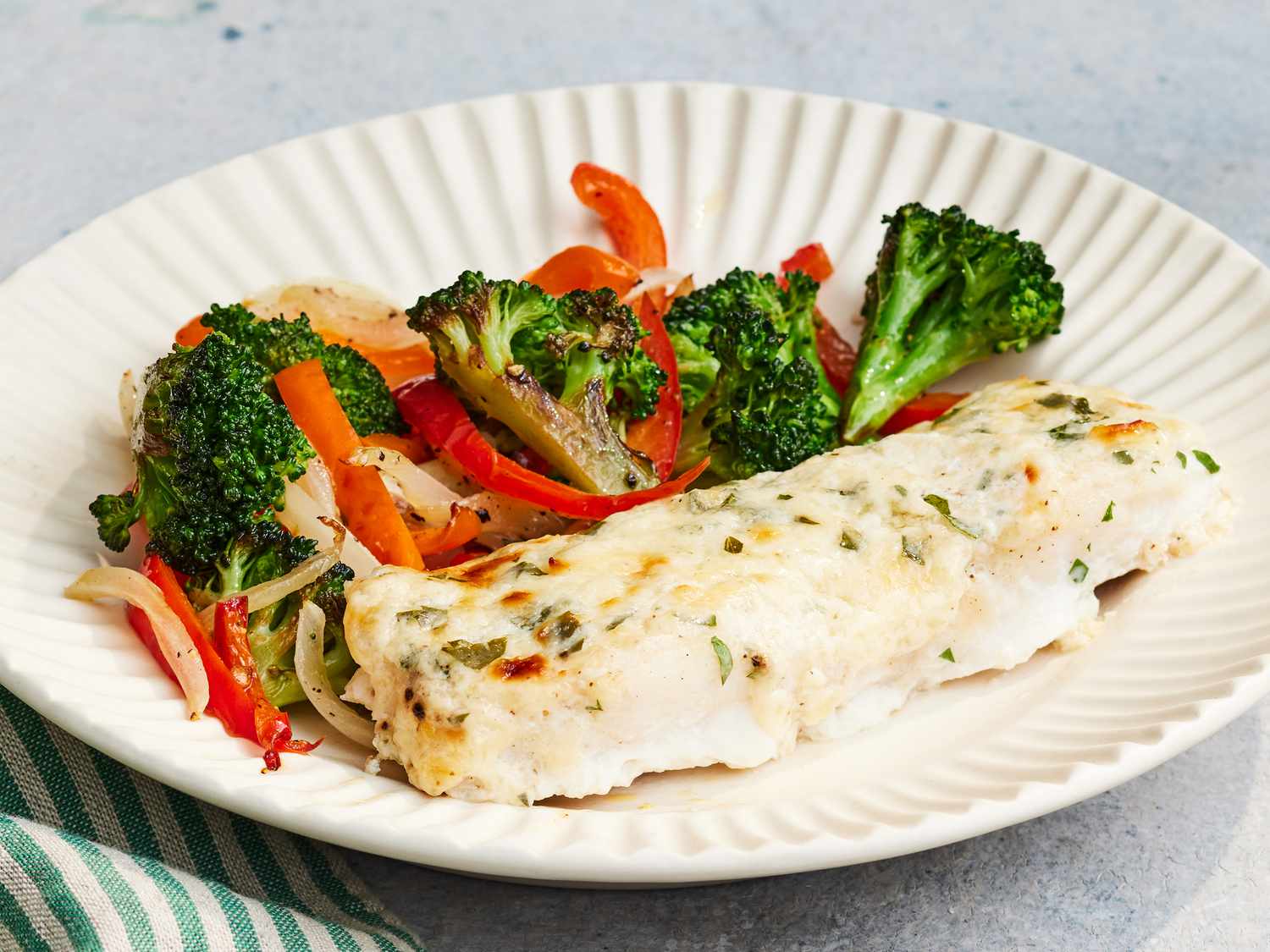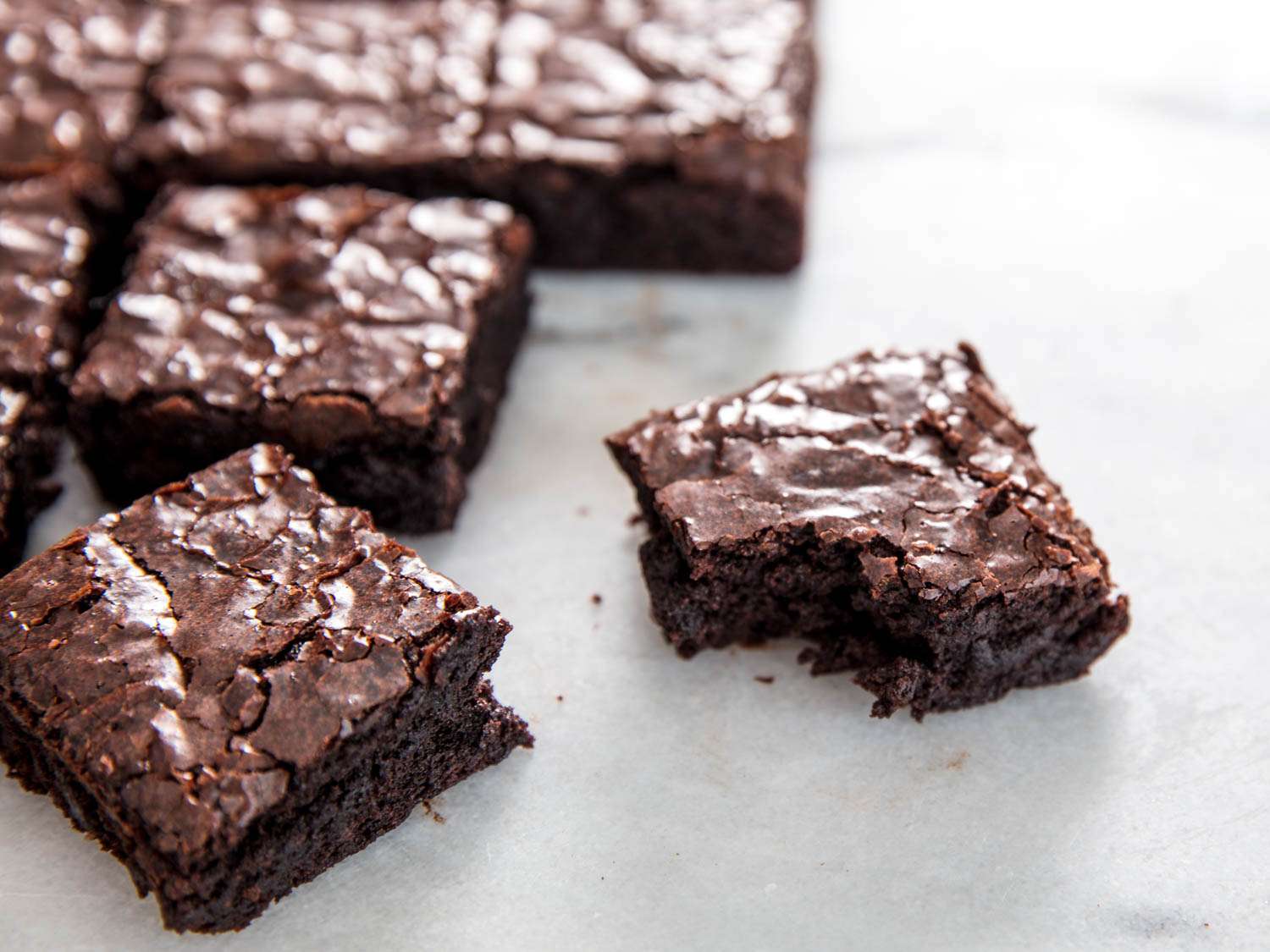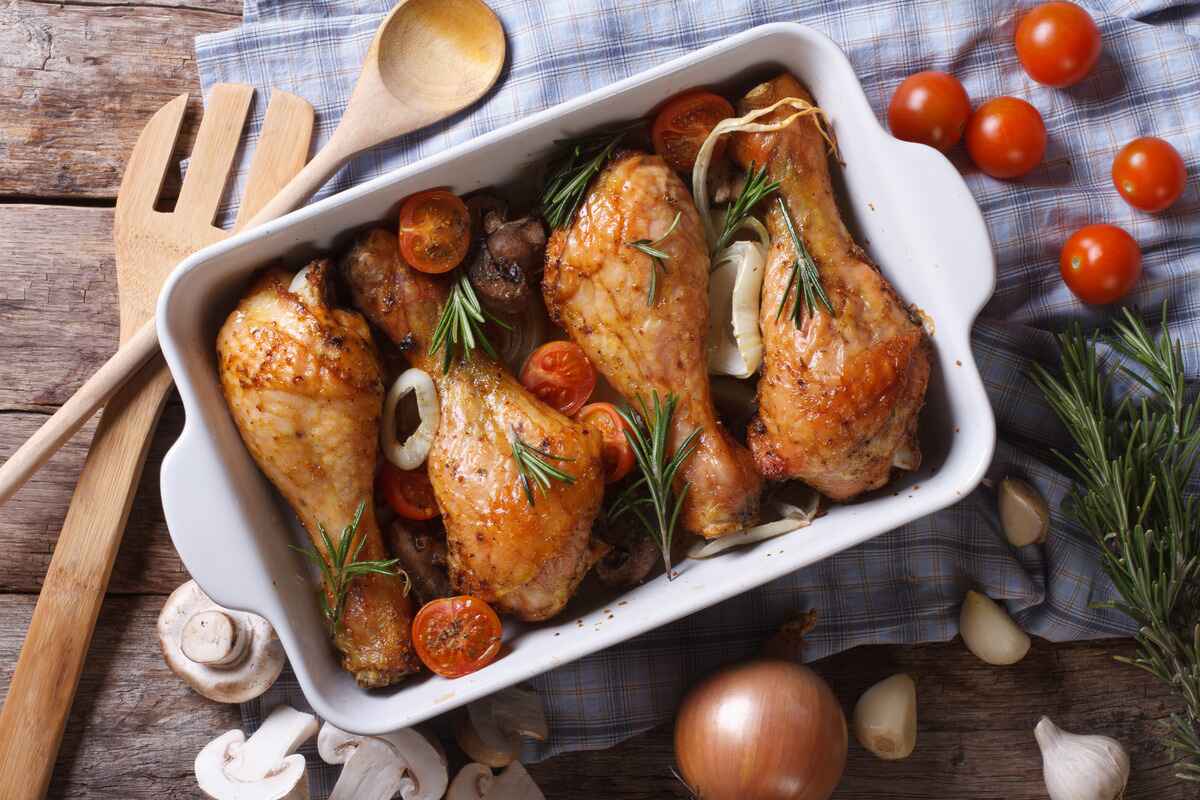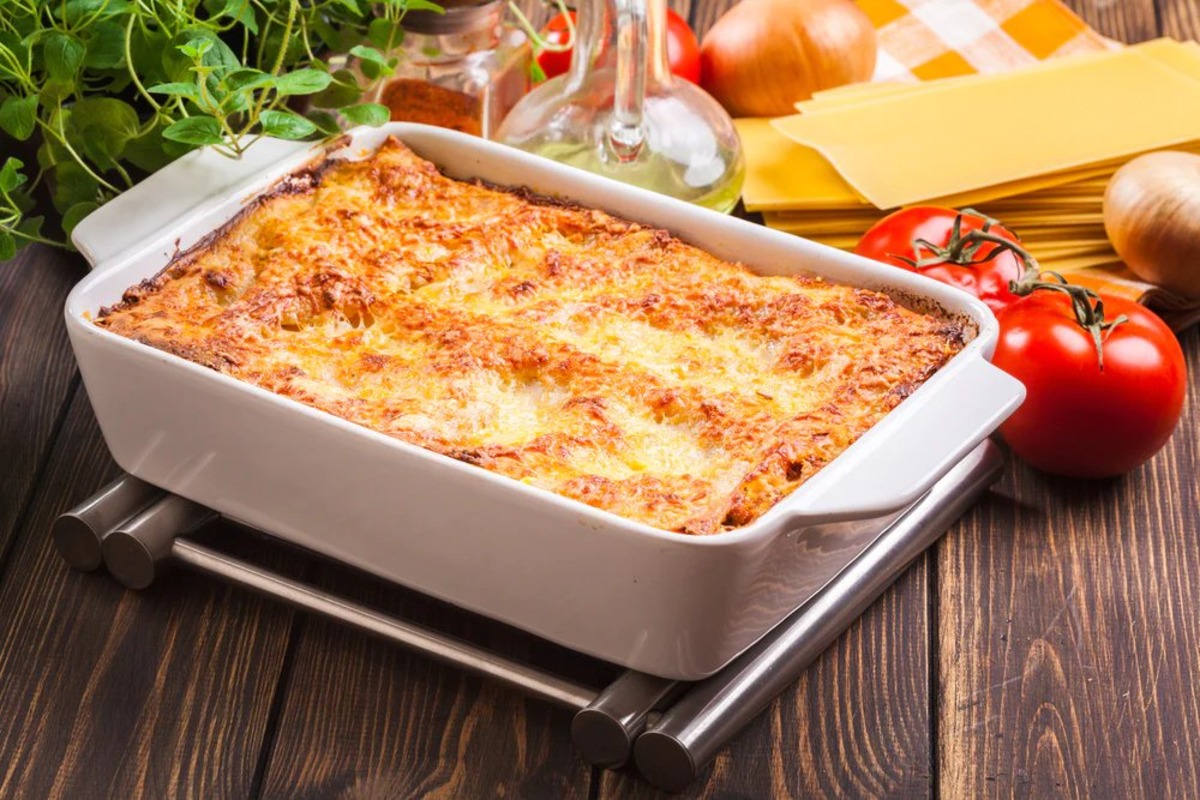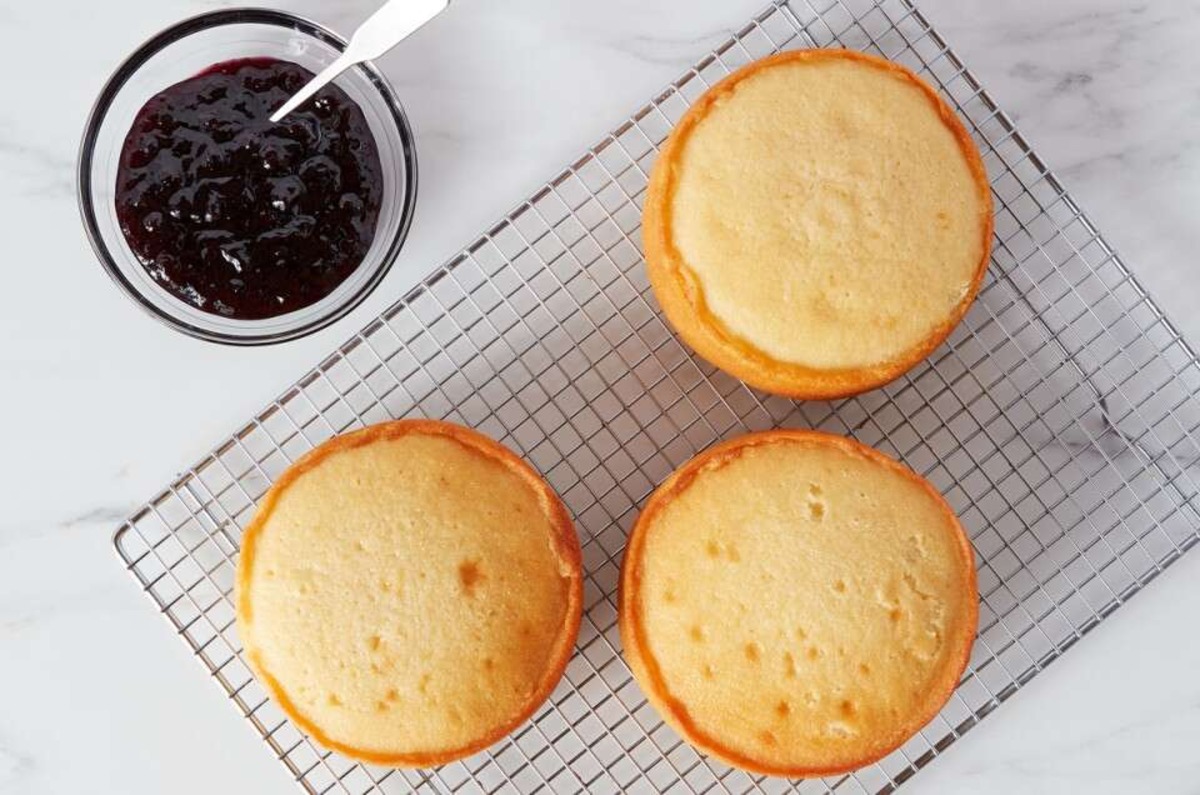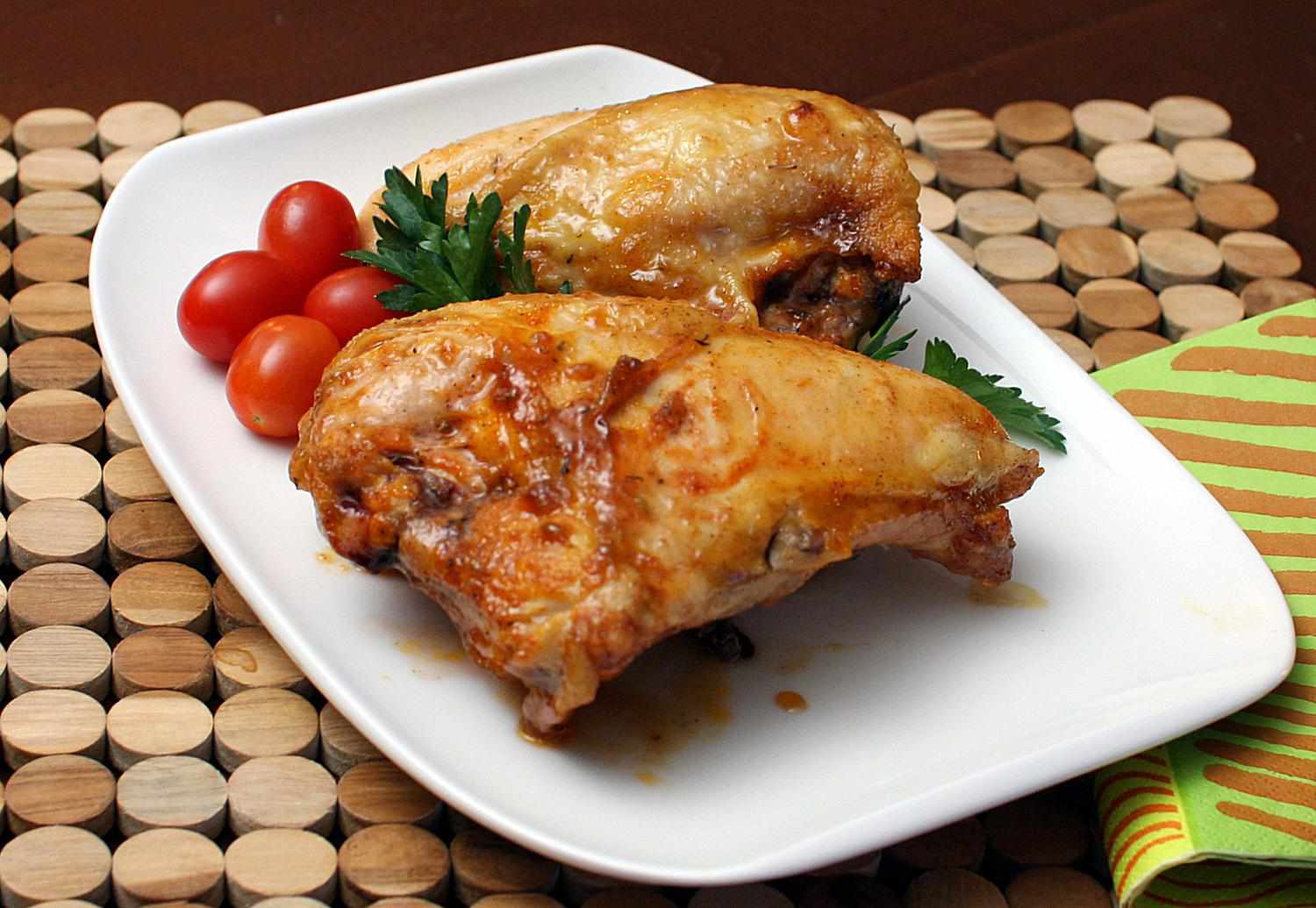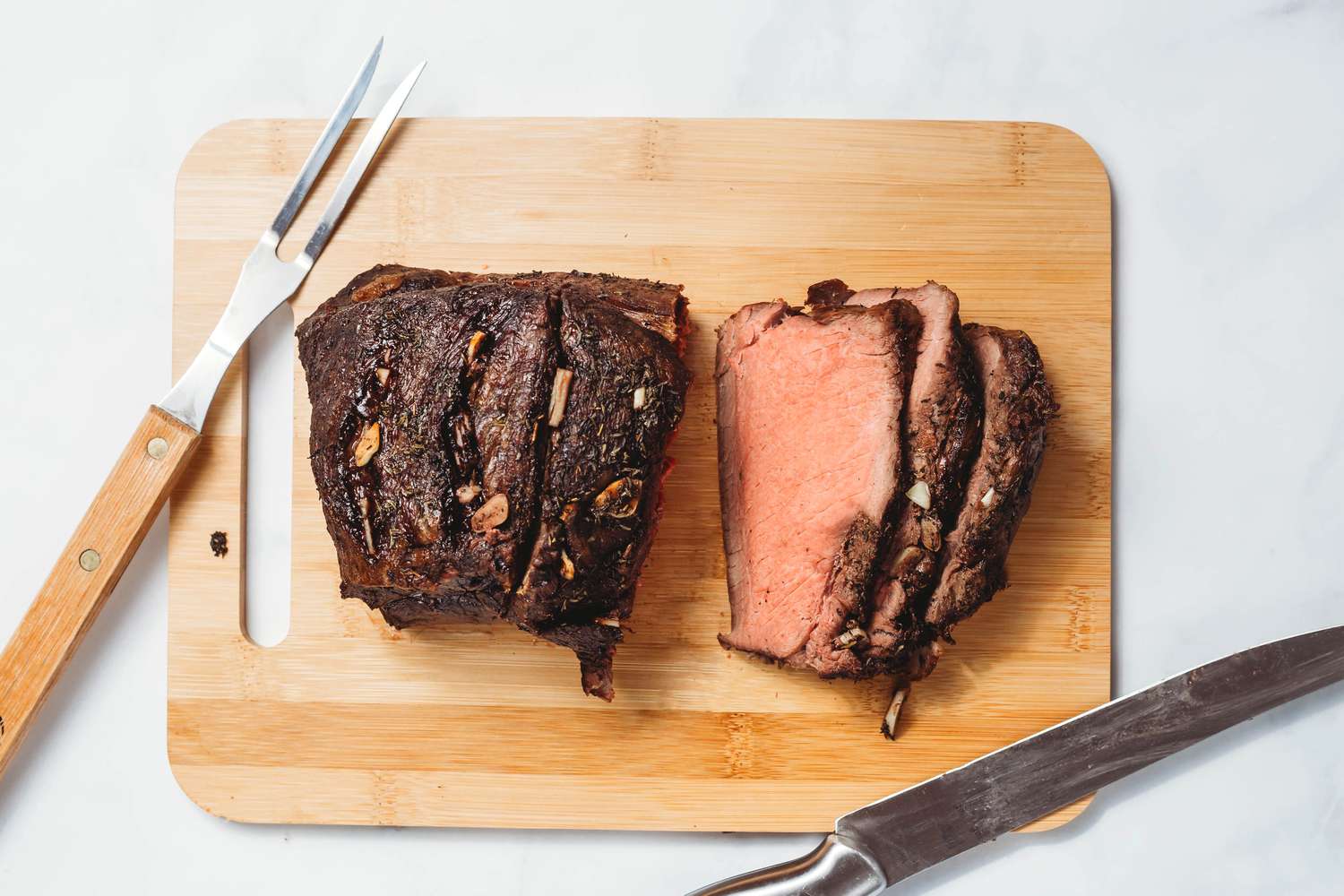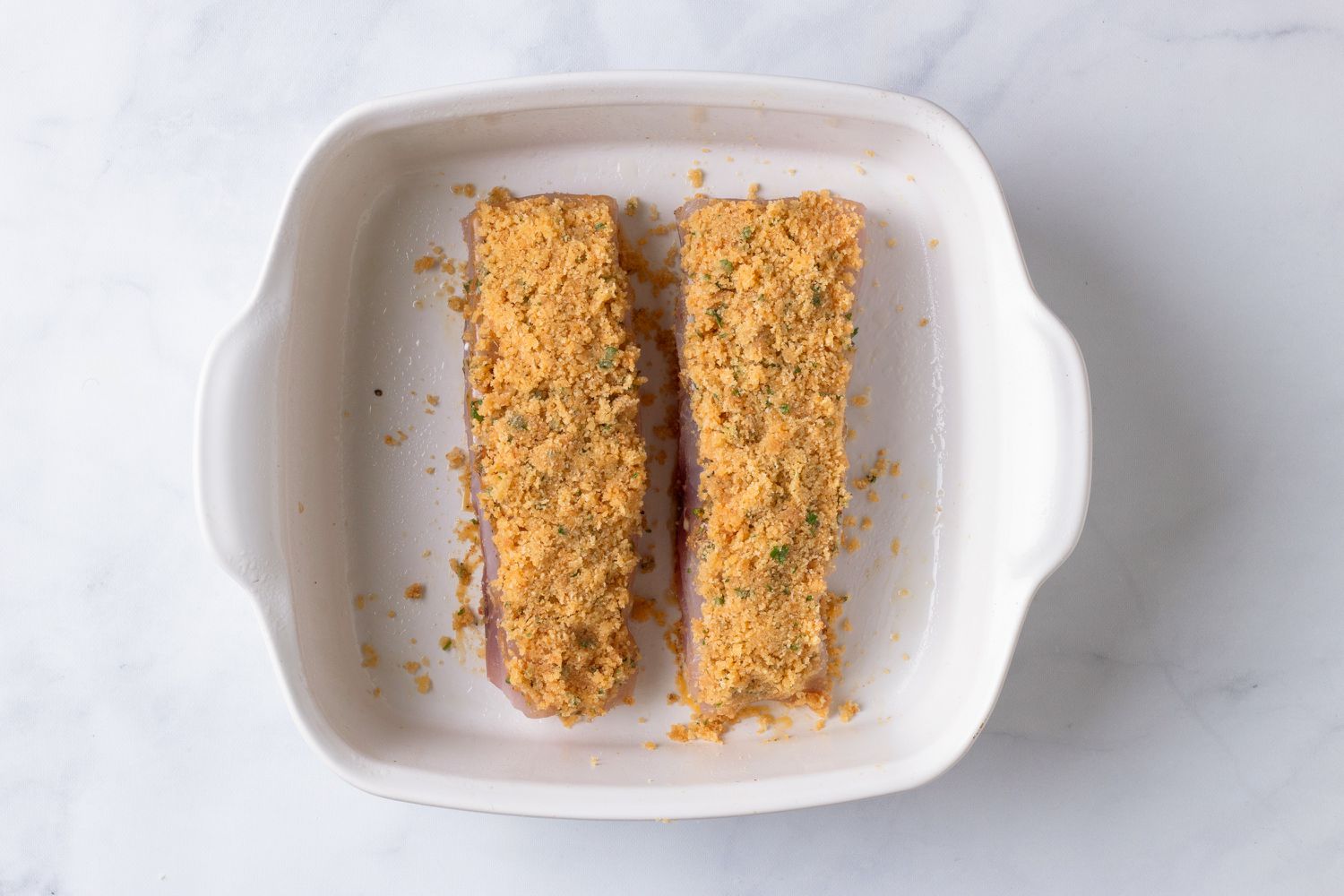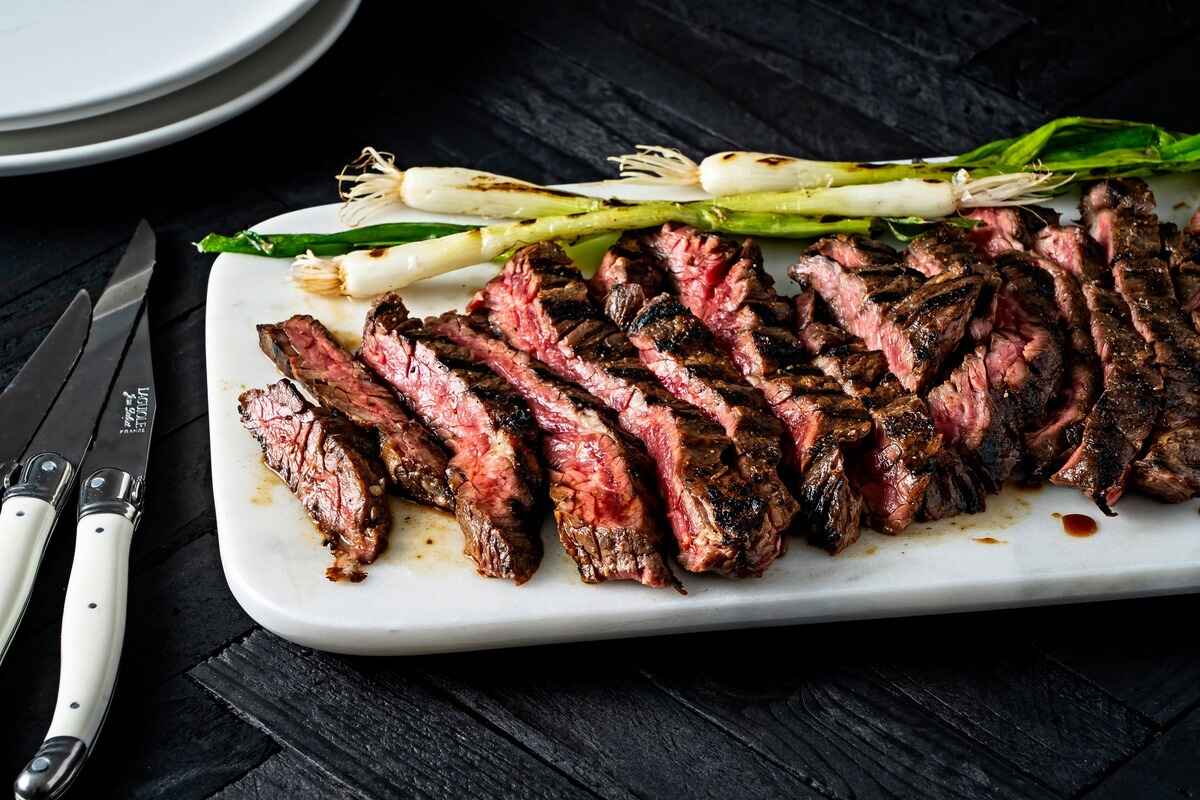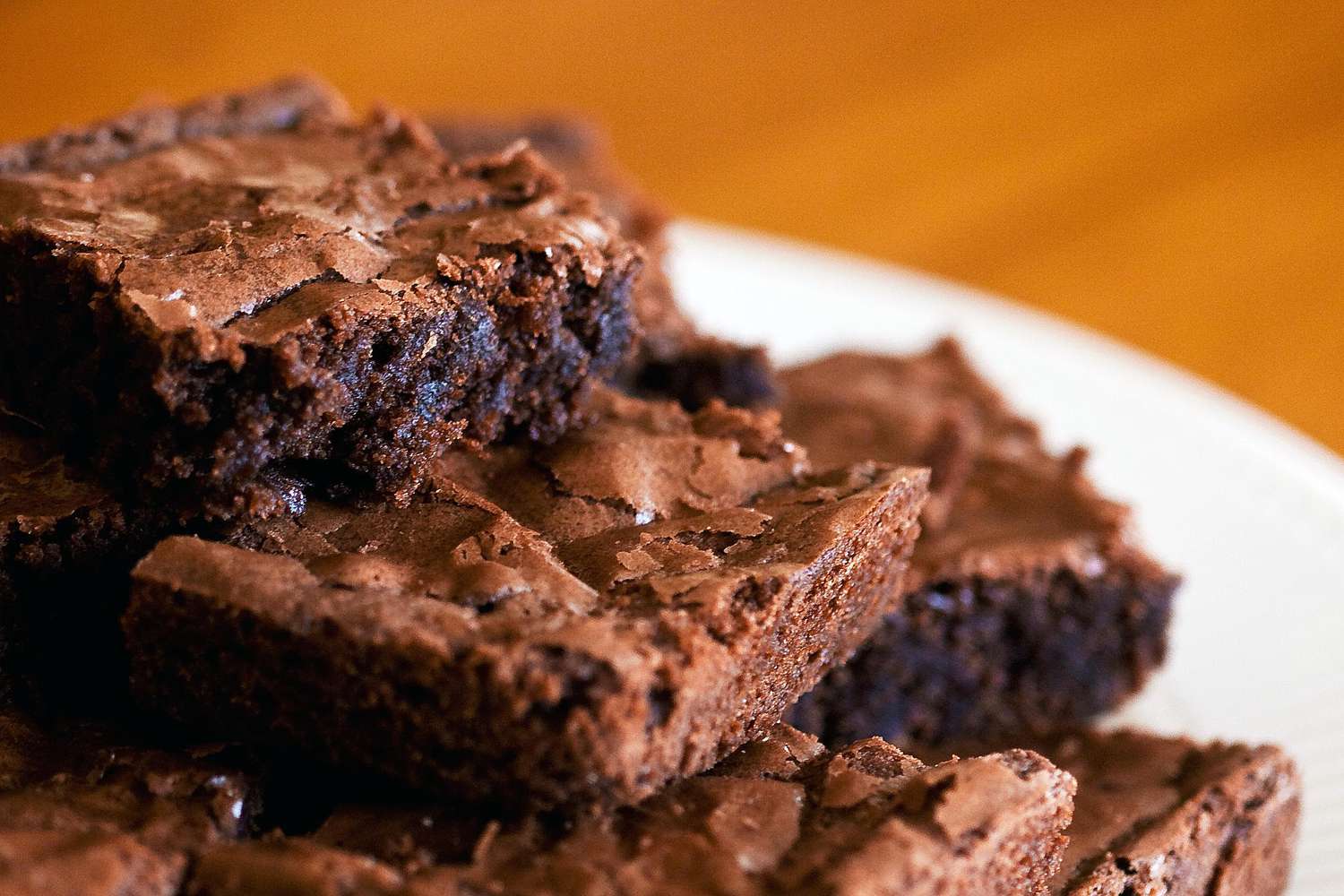How to Bake Delicious Treats in a Non-Fan Oven
Baking in a non-fan oven can be a bit tricky, but with the right techniques and tips, you can still achieve delicious and perfectly baked treats. Whether you’re a baking enthusiast or a beginner, here are some essential guidelines to help you make the most of your non-fan oven:
Preheat Your Oven
Before you start baking, it’s crucial to preheat your non-fan oven to the specified temperature in the recipe. This ensures that your treats will bake evenly and consistently. Allow the oven to preheat for at least 15-20 minutes to ensure it reaches the desired temperature.
Use Quality Bakeware
Invest in good quality bakeware to help distribute heat evenly and prevent burning. Opt for light-colored pans to avoid excessive browning on the bottom of your treats. Additionally, consider using insulated baking sheets to prevent the bottoms from getting too dark.
Rotate Your Treats
Since non-fan ovens have hot spots, it’s essential to rotate your treats halfway through the baking time. This will help ensure that everything bakes evenly and prevents one side from becoming too dark or burnt.
Monitor Your Treats
Keep a close eye on your treats as they bake in a non-fan oven. Since these ovens can have uneven heat distribution, it’s important to monitor the progress of your treats and make adjustments as needed. Use an oven light or peek through the oven window instead of opening the door, as this can cause temperature fluctuations.
Adjust Baking Times
Non-fan ovens may require slightly longer baking times compared to fan ovens. Keep an eye on your treats and be prepared to adjust the baking time as needed. Use a toothpick or cake tester to check for doneness, and if necessary, continue baking in short increments until they are fully cooked.
Use the Right Rack Position
For optimal results, place your treats in the center of the oven. This helps ensure even heat distribution and prevents the tops from burning or the bottoms from becoming too dark.
Consider Using Baking Stones
Baking stones can help regulate the heat in a non-fan oven and prevent uneven baking. Place the baking stone in the oven while it preheats, and then place your treats on top of the stone to help distribute the heat more evenly.
Allow for Proper Cooling
Once your treats are done baking, allow them to cool properly on a wire rack. This prevents them from becoming soggy on the bottom due to trapped steam. Proper cooling also helps enhance the texture and flavor of your baked goods.
By following these tips and techniques, you can successfully bake delicious treats in a non-fan oven. With a little practice and patience, you’ll be able to achieve fantastic results and enjoy a wide variety of homemade baked goods.
Was this page helpful?
Read Next: How To Bake Croissants In Air Fryer
